Learn if and when it is appropriate to offer sugar and sweets to babies with this dietitian-approved guide to sugar for babies.
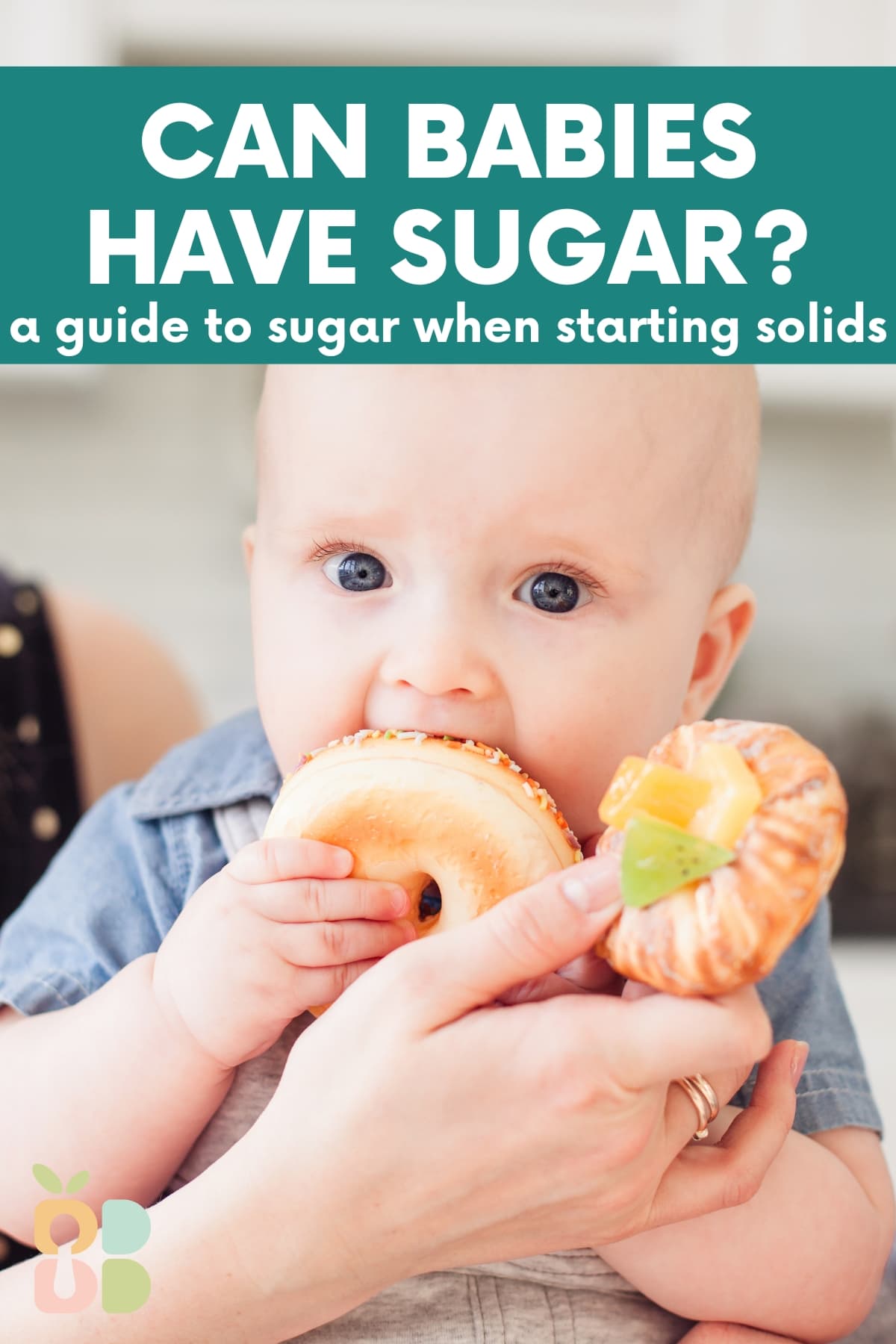
Especially here in the US, sugar has become a huge part of the typical diet. Even foods that we wouldn't think contain sugar can be sneaky sources. While sweets and sugar containing foods are just fine in moderation for children and adults, we also need to be mindful about creating balance and not eating too much of it - and that includes for the youngest eaters. Here is what you need to know about giving sugar-sweetened foods to babies.
Jump to:
When Can Babies Eat Sugar?
Developmentally speaking, babies can eat sugar-containing foods that are otherwise safe (in an appropriate shape and texture, no choking hazards, no honey) as soon as they are ready for solids, around 6 months of age. However, it is recommended that you wait to offer sugar and sweets until baby is older. The Dietary Guidelines for Americans suggest waiting until 2 years of age to offer sweets to young children.1 I realize this can feel incredibly difficult, especially if you don't prepare foods from scratch often and if you have older children who probably eat more sweets. At the very least, I advise people to wait until baby is at least 12 months before offering foods with sugar, and then only minimally after that.
Is Sugar Safe for Babies?
As long as it is not a choking hazard and is in the form of an otherwise safe shape and texture, a small amount of added sugar is not going to harm your baby. (Honey, on the other hand, carries a risk of botulism and should not be given to babies younger than 12 months.)
Just because sugar is seemingly safe, doesn't mean that it is recommended for babies. Babies are born with a natural preference for sweet flavors2, and regularly offering sweet foods like desserts, juice, and other foods high in sugar can lower baby's motivation to try other flavors that tend to be present in more nutritious foods, as well as increase the risk for dental cavities.3 4
Why Wait To Offer Sugar to Baby
By now we all know that sugar is not the most healthy for us and is associated with a number of chronic diseases. But beyond that and beyond the risk of cavities, there are two main reasons that I recommend not offering sugar to babies before 12 months old at a minimum, and preferably before age 2. The first is that sweets can push out more nutrient dense foods from the diet, leaving baby with fewer of the nutrients he needs to grow and thrive. The second is that babies need exposure to flavors other than sweet and salty to become more accepting of them, and sweet foods can reduce the motivation to try these other flavors.
Every Bite Counts
Up to the age of two, babies nutrient needs are incredibly high relative to their size. They also have tiny tummies, so the amount of solid food they eat at one time is very small. That means that we need to offer the most nutrient dense foods possible to make each little bite count. While babies still get much of their nutrition from breast milk from 6-12 months, there are certain critical nutrients, such as iron, that babies must get from solid food. Foods with added sugars tend to be lower in these critical nutrients, and so they fill up babies' little tummies without providing as much nutrition, taking the place of other, more nutrient dense foods.
Acceptance of Healthy Foods
Babies and children require repeated exposure to new foods in order to be accepting of them. The research shows that the more often babies are exposed to foods like vegetables, the more likely they are to grow to enjoy them, and have a better diet quality in the future.5 While babies are born with a preference for sweet and salty flavors, they need more exposure to bitter and sour flavors, like those found in vegetables and some fruits, in order to grow to like them. While babies are young, they are naturally more curious and open to trying new foods, so it's important to expose them to as many of the foods and flavors that the family eats as possible, including healthful vegetables and meat, before they become more selective as toddlers. If we repeatedly offer only sweet foods (or only foods we think they will like), we may lower the motivation to try new foods and narrow the range of foods that the child will accept later on.
How To Reduce Sugar In Baby's Diet
There are some easy strategies you can use to reduce the amount of added sugar in baby's diet, including:
Avoid packaged and processed food. Packaged snacks and breakfast items are almost always high in sugar, even those meant for babies, like teether biscuits and cereals. One of the easiest ways to reduce sugar in baby's diet is to prepare foods at home. Make your own pancakes and muffins from scratch with recipes that don't include added sugar, and offer more whole foods as snacks, such as a banana.
Cook meals at home. Jumping off the point above, if you cook meals at home, it is much easier to avoid added sugar, since premade and restaurant meals tend to be high in sugar, even in savory dishes.
Buy plain versions of foods. Some foods like yogurt and oatmeal are easy and nutritious, but the flavored versions are extremely high in sugar. Buy plain yogurt and make regular oatmeal, flavoring them with fruit, cinnamon, peanut butter, or other sugar-free options.
Swap the sugar in recipes for mashed banana, applesauce, and other naturally sweet, nutritious foods. You can find many baby-friendly recipes that are naturally sweet without adding sugar and other sweeteners.
Read More: Sugar Free Spreads to Flavor Baby's Foods
Sneaky Sources of Added Sugar
In many foods, added sugar is obvious. It usually shows up in flavored yogurts, sweetened fruit drinks, flavored oatmeal or cereal, and snack foods. But sometimes added sugar is not so obvious. Watch out for added sugar and sweeteners in other foods, such as:
- Bread
- Ketchup (tomato sauce for those across the pond) and other condiments
- Pasta sauce
- Salad dressing
- Baked beans
- Packaged savory foods
- Cereals that don't taste super sweet
- Foods labeled sugar-free or reduced sugar (these often have artificial sweeteners, which are hyper-sweet and should also be avoided!)
Creating A Balanced Approach To Sugar and Sweets
While you can be vigilant about avoiding sugar in baby's diet before age 1 or 2, we still want to create a healthy attitude toward all foods, including sugar, as kids grow. Babies learn by observing us from an early age, so we want to model a balanced, varied diet and a positive or neutral attitude. Try not to create food rules or mention to baby that sugar is bad for them. Instead, simply let them eat what you offer, and let them observe mom and dad enjoying a variety of foods without any shame or negative comments. If you choose to offer baby a taste of your dessert (as long as it is not a choking hazard), that's totally fine! What we want to avoid is either over-doing the sweets or creating a restrictive environment around food.
Bottom line: We can choose to provide a variety of nourishing foods to our little ones by being mindful of added sugar, while also creating an environment where kids will grow up to have a good relationship with food. It is up to you as the parent to decide what is best for your little one and how to navigate when and how much sugar is appropriate.
Read More: How To Help Kids Create a Healthy Relationship with Food
More FAQ
Honey should not be given to babies before the age of 1 year because of the potential for botulism contamination, which could be very harmful to babies. Other forms of sugar, such as maple syrup, agave, and coconut sugar, are still sugar and should be viewed as added sugars.
Artificial sweeteners are hyper-sweet and can create a taste for very sweet foods from an early age. The safety of artificial sweeteners is also questionable. They should be avoided in babies especially, but really in all children.
The natural sugar present in fruit is totally fine. Fruit comes with a whole host of other nutrients, like fiber, vitamins, minerals, and antioxidants, so don't worry about it!
I don't recommend fruit juice for babies under 2 years, with the exception of prune juice for constipation. Read more about fruit juice here.
Resources
- Dietary Guidelines for Americans (2020-2025) ↩︎
- Association of Infant Feeding Patterns with Taste Preferences in European Children and Adolescents: A Retrospective Latent Profile Analysis ↩︎
- Journal of the American Dental Association ↩︎
- Guideline: sugars intake for adults and children ↩︎
- Factors Influencing Children’s Eating Behaviours ↩︎


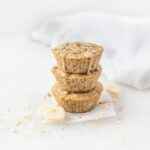
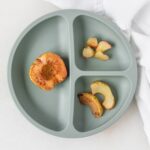
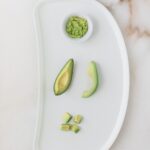
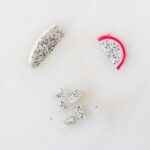

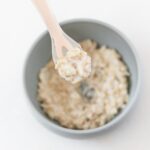



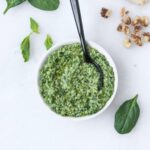





Leave a Reply